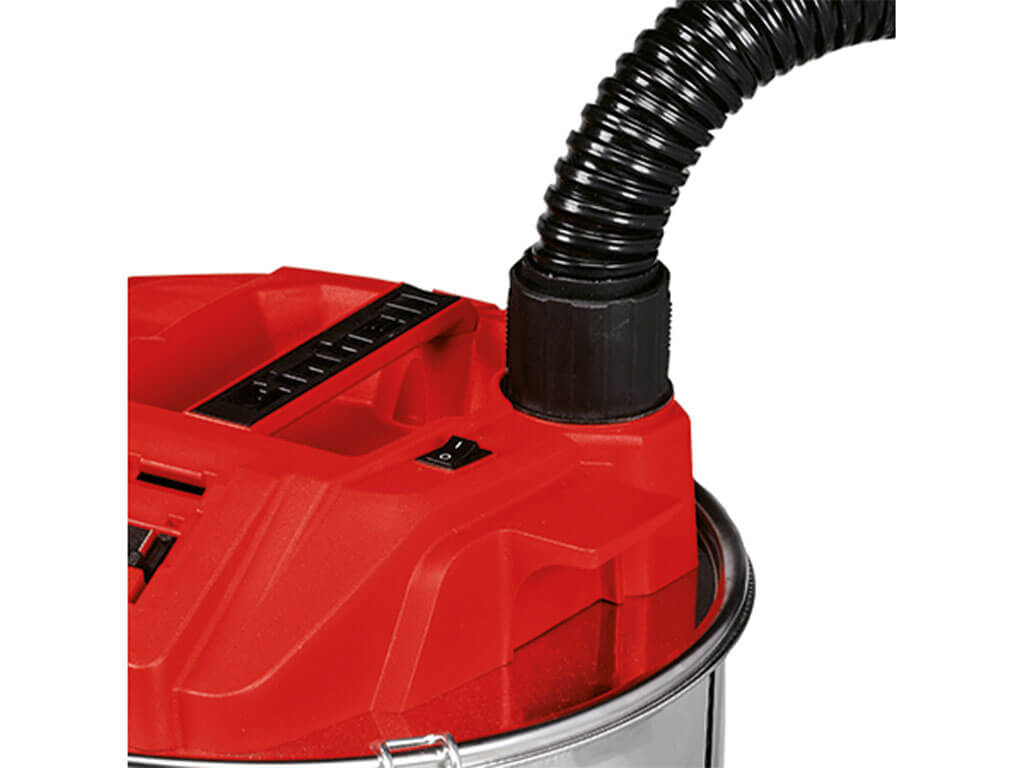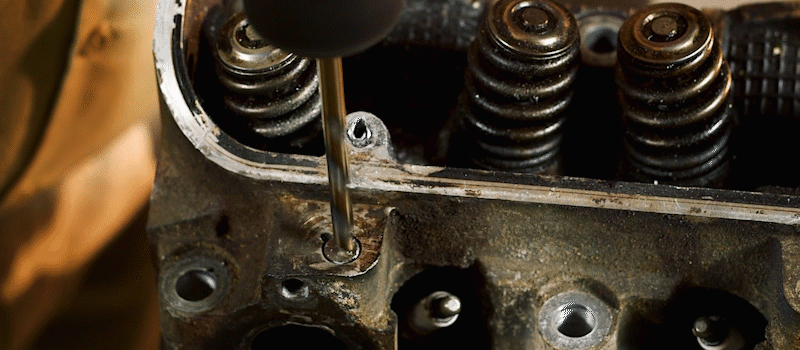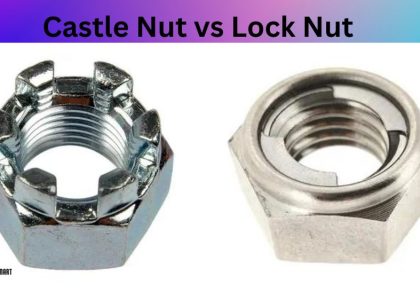Welding equipment serves as the cornerstone of various industries, from construction to automotive manufacturing. Choosing the right welding equipment can significantly impact the quality and efficiency of welding projects. This comprehensive guide aims to delve into the world of welding equipment, addressing common questions and providing expert insights to aid in informed decision-making.

What Types of Welding Equipment are Available in the Market?
There are several types of welding equipment available, each catering to specific welding needs. Some common types include:
- Stick Welders (SMAW)
- MIG Welders (GMAW)
- TIG Welders (GTAW)
- Flux-Cored Welders
- Plasma Cutters
- Welding Helmets and Safety Gear
How Can I Choose the Right Welding Equipment for My Project?
When selecting welding equipment, consider factors such as the type of material you’ll be welding, the thickness of the material, and the desired welding technique. Also, assess the power source available at your worksite and factors like portability and ease of use. For specialized applications such as welding geomembranes, ensure that the equipment is compatible with the specific requirements of the material.
What Are the Key Features to Look for in Welding Equipment?
Key features to consider when choosing welding equipment include:
- Power and Performance: Ensure the equipment can deliver the necessary power output for your welding tasks.
- Durability and Reliability: Opt for equipment constructed from high-quality materials to withstand prolonged use in demanding environments.
- Ease of Use: Look for user-friendly controls and ergonomic design to enhance efficiency and reduce operator fatigue.
- Safety Features: Prioritize equipment with built-in safety features such as thermal overload protection and voltage regulation to prevent accidents and ensure operator safety.
How Can I Maintain My Welding Equipment for Optimal Performance?
Proper maintenance is essential to ensure the longevity and performance of your welding equipment. Regularly inspect the equipment for signs of wear and tear, and clean it thoroughly after each use to prevent the buildup of debris and contaminants. Additionally, follow the manufacturer’s guidelines for maintenance tasks such as lubrication and calibration, and promptly address any issues or malfunctions to prevent further damage.
Related Content:
For welding geomembranes, specialized equipment such as hot wedge welders or extrusion welders may be required to achieve strong and durable seams. Geomembranes, commonly used in applications such as landfill liners and containment ponds, demand precise welding techniques to ensure the integrity of the structure and prevent leaks or environmental hazards. Choosing the right welding equipment tailored to the specific requirements of geomembrane welding is paramount to achieving optimal results.
Investing in the right welding equipment is essential for enhancing efficiency, precision, and safety in welding projects across various industries. By understanding the different types of welding equipment available, evaluating key features, and prioritizing maintenance, you can ensure optimal performance and maximize the return on your investment. Whether you’re welding steel beams in construction or sealing geomembranes in environmental engineering projects, selecting the appropriate welding equipment tailored to your specific needs is the first step towards achieving successful outcomes.
reducing valve symbol
The reducing valve symbol represents a valve that decreases the pressure of a fluid flowing through a piping system. This type of valve is used to step down pressure, ensuring downstream equipment is not subjected to dangerously high pressures.


